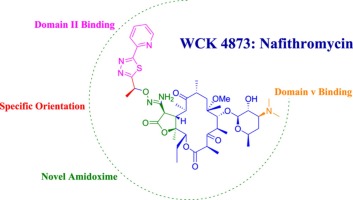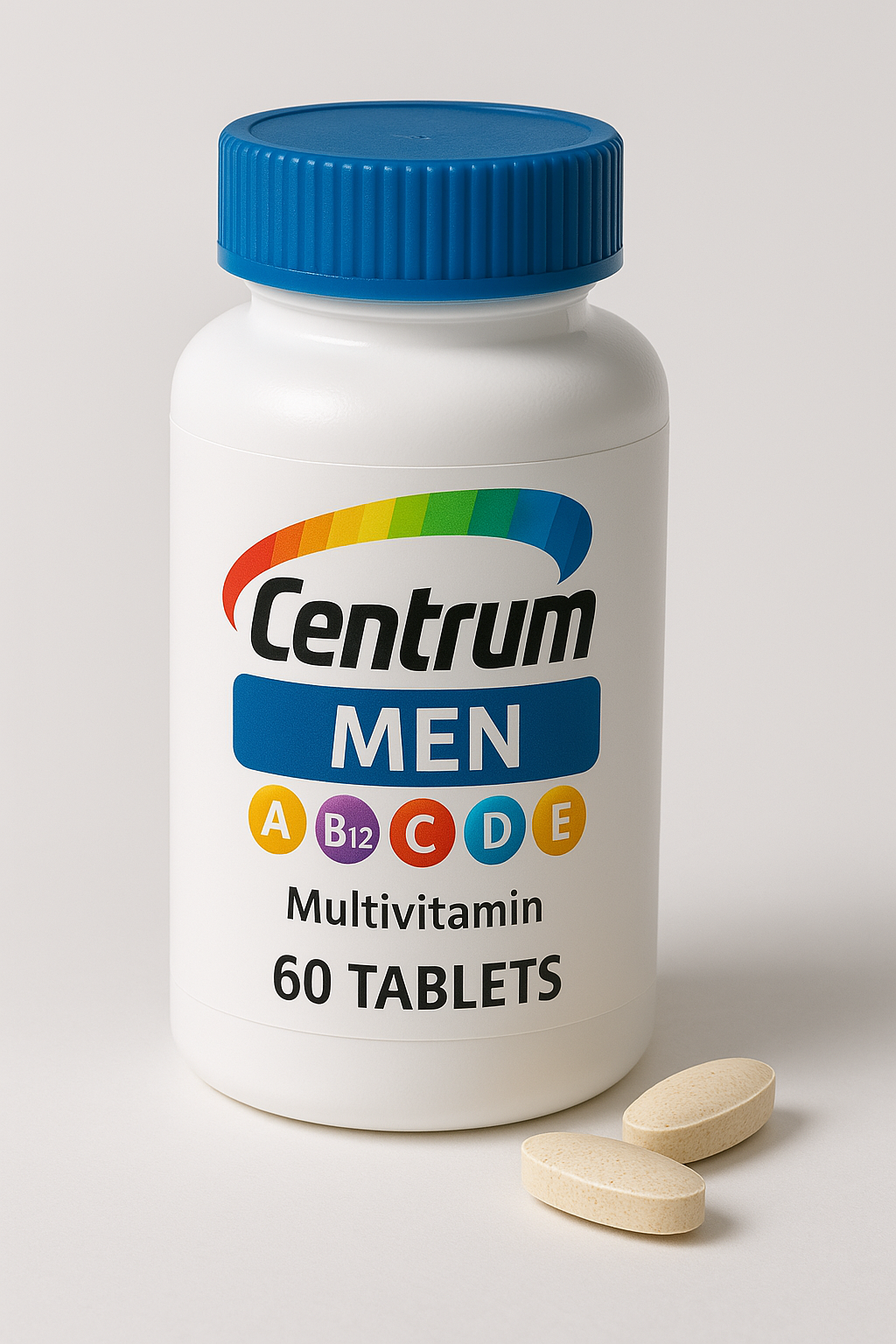Paracetamol: Uses, Dosage, Mechanism of Action, Side Effects, Brands & FAQs
Table of Contents
-
Introduction to Paracetamol
-
Chemical Structure and Properties
-
Mechanism of Action
-
Therapeutic Uses
-
Recommended Dosage
-
Paracetamol Toxicity and Overdose
-
Side Effects
-
Contraindications and Precautions
-
Popular Brand Names with MRP (India)
-
Frequently Asked Questions (FAQs)
-
Conclusion
1. Introduction to Paracetamol
Paracetamol, also known as acetaminophen, is one of the most widely used over-the-counter (OTC) medications for fever and mild to moderate pain. It is considered safe when taken in the correct dosage, making it a staple in households, hospitals, and clinics around the world. Unlike non-steroidal anti-inflammatory drugs (NSAIDs), paracetamol does not cause significant gastrointestinal irritation and has minimal anti-inflammatory effects.
2. Chemical Structure and Properties
-
Chemical Name: N-(4-hydroxyphenyl)acetamide
-
Molecular Formula: C₈H₉NO₂
-
Molecular Weight: 151.16 g/mol
-
Physical Form: White crystalline powder
-
Solubility: Slightly soluble in water, more soluble in alcohol
Paracetamol belongs to the aniline analgesics class and is structurally related to phenacetin but is considered much safer.
3. Mechanism of Action
The exact mechanism of paracetamol is not completely understood, but the most accepted theories include:
-
Central COX Inhibition: Paracetamol works primarily in the central nervous system (CNS) by inhibiting the enzyme cyclooxygenase (COX-3 variant), leading to reduced production of prostaglandins, which are responsible for pain and fever.
-
Thermoregulatory Effect: In the hypothalamus, it resets the body’s thermoregulatory set point, thereby reducing fever.
Unlike NSAIDs, paracetamol does not significantly inhibit COX enzymes in peripheral tissues, which is why it has minimal anti-inflammatory action.
4. Therapeutic Uses
Paracetamol is used for a wide variety of conditions:
-
Fever (Pyrexia)
-
Headache and Migraine
-
Toothache
-
Muscle Aches and Back Pain
-
Arthritic Pain (for mild cases)
-
Postoperative Pain
-
Cold and Flu Symptoms (as part of combination therapy)
5. Recommended Dosage
Adults:
-
Oral Dose: 500 mg to 1000 mg every 4–6 hours
-
Maximum Daily Dose: 4000 mg (4 grams)
Children:
-
Oral Dose: 10–15 mg/kg per dose every 4–6 hours
-
Maximum Daily Dose: Not more than 60 mg/kg/day unless prescribed by a physician
Neonates (0–28 days):
-
Use only under medical supervision
Note: Always consult a doctor before starting any medication, especially in children.
6. Paracetamol Toxicity and Overdose
Overdose is the most serious risk associated with paracetamol use.
Stages of Paracetamol Toxicity:
-
0–24 hours: Nausea, vomiting, abdominal pain
-
24–72 hours: Liver enzyme elevation, hepatotoxicity symptoms
-
72–96 hours: Peak liver damage, jaundice, hepatic failure
-
4–14 days: Recovery or death
Toxic Dose:
-
Adults: >7.5 grams in a single dose
-
Children: >150 mg/kg
Antidote:
-
N-acetylcysteine (NAC) is the specific antidote and should be given within 8–10 hours of overdose for best results.
7. Side Effects
Paracetamol is well-tolerated when used appropriately, but side effects may include:
Common:
-
Nausea
-
Rash (mild allergic reaction)
-
Drowsiness (rare)
Rare but Serious:
-
Liver damage (especially with overdose)
-
Renal impairment
-
Blood disorders like thrombocytopenia
-
Anaphylactic reactions (very rare)
8. Contraindications and Precautions
Contraindications:
-
Known hypersensitivity to paracetamol
-
Severe liver disease
-
Chronic alcohol use (consult doctor)
Precautions:
-
Avoid taking with other medications containing paracetamol
-
Use with caution in patients with kidney or liver impairment
-
Regular monitoring if long-term use is necessary
9. Popular Brand Names with MRP (India)
Here are some commonly available paracetamol brands in India along with their MRP (as of April 2025):
| Brand Name | Strength | Form | MRP (INR) | Manufacturer |
|---|---|---|---|---|
| Crocin | 500 mg | Tablet | ₹25 (Strip of 15) | GSK |
| Calpol | 500 mg | Tablet | ₹24 (Strip of 15) | GlaxoSmithKline |
| Dolo | 650 mg | Tablet | ₹32 (Strip of 15) | Micro Labs |
| T-98 | 650 mg | Tablet | ₹28 (Strip of 15) | Apex Labs |
| Pyrigesic | 500 mg | Tablet | ₹22 (Strip of 10) | East India Pharma |
| Pacimol | 500 mg | Tablet | ₹26 (Strip of 15) | Ipca Labs |
| Metacin | 500 mg | Tablet | ₹23 (Strip of 15) | GlaxoSmithKline |
| Paracip | 500 mg | Tablet | ₹21 (Strip of 10) | Cipla |
| Crocin Suspension | 120 mg/5ml | Syrup | ₹35 (60 ml bottle) | GSK |
| Calpol 250 | 250 mg/5ml | Syrup | ₹38 (60 ml bottle) | GSK |
Note: Prices may vary slightly depending on location and pharmacy.
10. Frequently Asked Questions (FAQs)
Q1. Is paracetamol safe during pregnancy?
Yes, paracetamol is generally considered safe during pregnancy when used in recommended doses. However, prolonged or high-dose use should be avoided.
Q2. Can paracetamol be taken on an empty stomach?
Yes, it can be taken on an empty stomach, but taking it after food may reduce the risk of stomach upset.
Q3. Can paracetamol be combined with ibuprofen?
Yes, when necessary, paracetamol and ibuprofen can be taken together as they work via different mechanisms. Always follow a doctor’s advice for combination therapy.
Q4. What happens if I accidentally take more than the recommended dose?
If you suspect an overdose, seek immediate medical attention. Liver damage can occur even if symptoms are not immediate.
Q5. Is Dolo 650 stronger than Crocin 500?
Yes, Dolo 650 contains 650 mg of paracetamol compared to Crocin’s 500 mg, offering a slightly higher dose for stronger pain or fever relief.
Q6. Is paracetamol habit-forming?
No, paracetamol is not addictive and does not cause dependence when used as directed.
Q7. How long does paracetamol take to work?
It usually starts to work within 30 to 60 minutes after oral intake.
Q8. Can I give paracetamol to pets?
No. Paracetamol is toxic to cats and dogs. Never give human medications to pets without veterinary guidance.
11. Conclusion
Paracetamol remains one of the most trusted and widely used medications for managing fever and mild to moderate pain. It is effective, inexpensive, and safe when used correctly. However, like all medicines, it should be used with care, especially regarding the dosage to prevent liver toxicity.
For parents, caregivers, and healthcare providers, it’s vital to double-check the strength and dosing instructions, especially in children. When in doubt, consult a medical professional to ensure safe usage.
SEO Keywords Used:
Paracetamol dosage, paracetamol brands in India, paracetamol side effects, mechanism of action of paracetamol, paracetamol MRP, paracetamol for fever, paracetamol overdose, best paracetamol tablets




